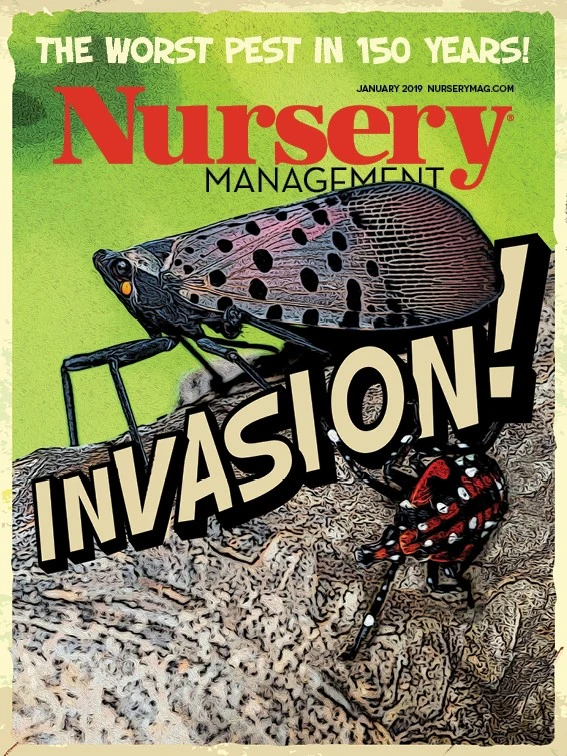

People who hate to say no find it hard to do, and sometimes do something much worse than hurt someone’s feelings. They either don’t say anything, which passively sends an incorrect message of “yes,” or they say no in such a way that the other person doesn’t really know what is being said, sending the message of “maybe.”
People who don’t mind saying no don’t find it hard to do, but they can lack the skills to do it gracefully and very often instill hard feelings, even when that is not their intent.
For those of you who have no problem saying no but need a little guidance on how to say it more effectively, here are some tips.
Tip 1 “I’m Sorry” doesn’t have to mean you are really sorry. A little empathy can go a long way.
Tip 2 Repeat back to the other person their point of view. That will allow them to listen to yours. Once you prove to someone you understand their point of view, by repeating it back to them, they can stop explaining it over and over again.
Tip 3 You don’t have to prove to someone that the situation is their fault. Most people just want empathy, not for you to take the blame. If possible, take their side as much as you can, but return to the situation at hand.
Tip 4 Show the other person you wish it could be different. Telling someone, “I wish I could do this for you…however, I just can’t” is much more powerful than, “I won’t do this for you because I don’t have to.”
Tip 5 Help solve the problem in another way if possible. Even if alternatives aren’t the answer, the fact that you offered them shows you care. Most people, when being told “no,” can take it a little better if it is coming from someone who seems to genuinely care.
Tip 6 Avoid the word “but” when empathizing. When you say, “I understand, but…” what the other person hears is, “I don’t understand.”
Using the tips above, you can say no and avoid conflict. The following example shows how a different approach can save you from an unpleasant situation.
Pat is a hotel clerk who is trying to help Mr. Donnelly. It’s late at night and he needs a hotel room.
Mr. Donnelly: Look, I really need a room tonight. You’re the sixth hotel I’ve been to and I’m getting really tired.
Pat: I’m sorry, there are no rooms; we’re completely booked.
Mr. Donnelly: Please? I’m exhausted.
Pat: I understand, but that doesn’t change the fact that we have no rooms.
Mr. Donnelly: But I’m exhausted.
Pat: I understand, but how is that our fault? You should have made a reservation.
Mr. Donnelly: Can’t you do something for me?
Pat: (Turning the terminal toward Mr. Donnelly) Look, we have no rooms!
- Notice how Pat said she was sorry, but she didn’t really convey that very well. She was also concerned with proving Mr. Donnelly was at fault. She offered no real solution, and certainly did not appear that she wished it were different. The next example shows how Pat does when she applies the tips above.
Mr. Donnelly: Look, I really need a room tonight. You’re the sixth hotel I’ve been to and I’m getting really tired.
Pat: Oh, I’m very sorry, there are no rooms; we have a conference here and we’re completely booked.
Mr. Donnelly: Please? I’m exhausted.
Pat: Mr. Donnelly, I understand that you are exhausted. I know you don’t want to have to keep searching for a room at other hotels. I see how tired you are and understand what you are going through. Believe me, if I had a room, I would definitely give it to you. The truth is... I just don’t have a room available. I’d do it if I could… but just can’t. Can I help you find a room somewhere else?
Mr. Donnelly: Ugh. Okay, yes, please!
Pat’s approach led to a much better result. Mr. Donnelly isn’t thrilled, but he is ready to move on.
Remember, saying no doesn’t have to create bad feelings if you show a little empathy. Follow these simple tips and you might just get a little less resistance from people.
Opinions expressed are those of the author and do not necessarily represent the views of GIE Media, Inc.

Carl Van trains and speaks to audiences on soft skills such as customer service and branding, negotiations, time management and gaining cooperation. www.carlvan.org

Explore the January 2019 Issue
Check out more from this issue and find your next story to read.
Latest from Nursery Management
- NewGen Boxwood added to Proven Winners ColorChoice line
- Terra Nova releases new echinacea variety, 'Fringe Festival'
- American Horticultural Society names winners of 2025 AHS Book Awards
- Nufarm announces unified brand
- American Horticultural Society announces winners of 2025 Great American Gardeners Awards
- Shifting the urban environment
- The Growth Industry Episode 3: Across the Pond with Neville Stein
- What's in a name?






